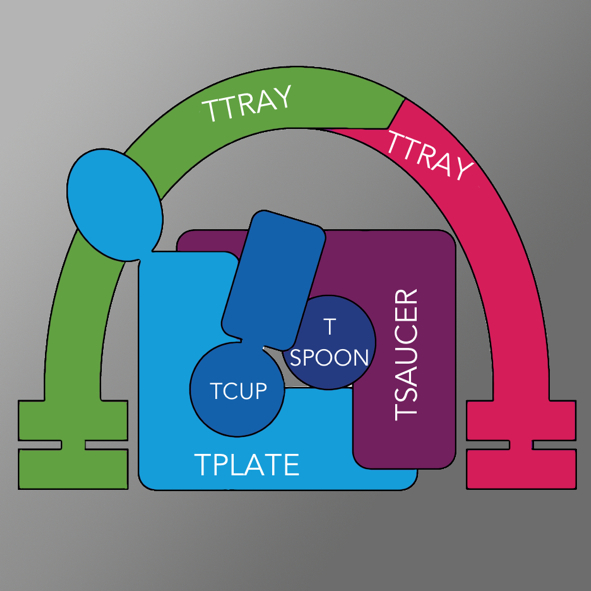Finding a missing link
Interview with
Margaret Robinson and Jenny Hirst working in Cambridge have between them, invented a new electronic tool to prove various databases, looking for previously undiscovered proteins that form complexes that move molecules around inside cells. What this system flushed out was a whole new complex - TSET - that can trace its origins back to the first eukaryotes. They spoke to Chris Smith... 
Margaret - So, what we're interested in is, how different molecules find the right part of the cell. We're interested in the machinery that the cell uses to get things to the right place. We're especially interested in things called AP complex which stands for adapter protein complexes. Each of these complexes is made up of 4 different proteins. And for many years, we thought that there were 4 of these complexes and then just a couple of years ago, we discovered a fifth which took us all by surprise. We thought, well maybe, there are even more of them out there.
Chris - Their role is quite literally to package things up to the right place and address it to the right part of a cell.
Margaret - Exactly. What they do is they find molecules, they package them into little containers that can then be delivered to a different part of the cell.
Chris - Jenny, if you want to find something and you don't even know it exists, which is what you had to do with this study, how do you do that?
Jenny - First, you scratch your head and you try and think of some ideas, and very long conversations over dinner with my husband. I suspected that there was something else to find. But it was a case of putting our heads together and using some computing skills because the 5 complexes we already knew about, we knew what the family resemblance was and it was a case of figuring out how you were going to use that information to search hundreds of thousands of protein sequences, by automating it.
Chris - It's a bit like Mandalaya for this period table that he knew there were gaps that would fit the board, but didn't have the element for them at that time and then knew where to go hunting. So, what did this show, Margaret?
Margaret - So, what we found was, we know that there are 4 subunits in each of these complexes and what Jenny discovered was one new member of each of the 4 subunit family. So, we had the 4 subunits that might be used by a cell to make a whole new complex. The next step was to find out whether these 4 proteins really were all stuck together. And for this, we couldn't look at humans because although humans have got these 5 AP complexes, the 4 proteins that Jenny discovered with her new tool didn't all exist in humans. They existed in plants, and slime moulds, and this weird soil amoeba. But animals have lost 3 of the 4. We've hung on to the fourth one, but not the whole thing - just a little fragment of it.
Chris - Do you think there's any possibility that because Jenny's tool is mining data that's already been published by people that the undiscovered has remained undiscovered and that people just haven't published the protein sequences that were they to exist, her tool would've found them?
Margaret - I don't think so because it's not just publications. It's things like the entire human genome. So, we know the sequence of the whole human genome and from that, we can predict the sequence of every protein in humans. And the same is true with lots of other organisms including plants and these weird things like the slime mould and the soil amoeba. So, I think that the proteins are there and the database is just a case of finding them.
Chris - What are the implications of, now, you've got these additional proteins, admittedly not in us, what can you do with this information?
Margaret - It's more about understanding where these important proteins that we have today, where they came from. So, I suppose it's a leap to think, well, we're looking at something that's today in disease. But I think it's important to know how these families evolved.
Jenny - Yes, I think it's about our understanding of the evolution of life on Earth. Especially since this new complex predates the 5 that we already knew about, it must've existed long before the last eukaryotic common ancestor, 1.5 billion years ago. We're talking more like 2 billion years ago and it tell a lot about how cells like our own actually evolve from much simpler cells way back then.










Comments
Add a comment